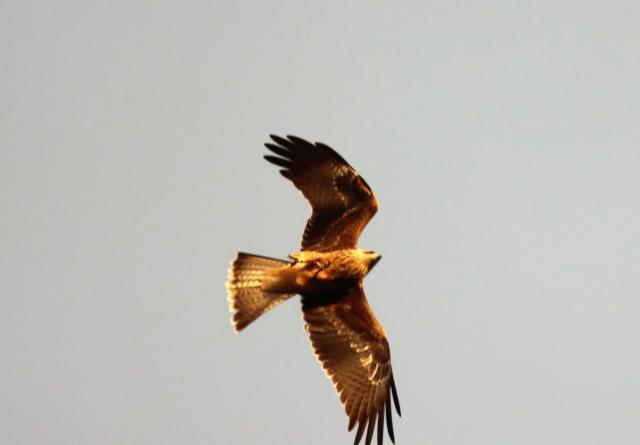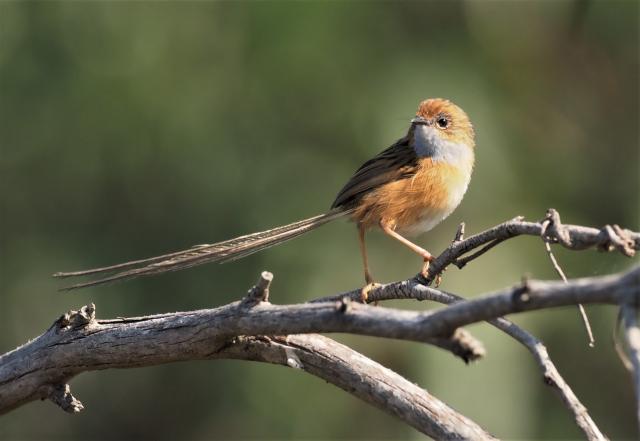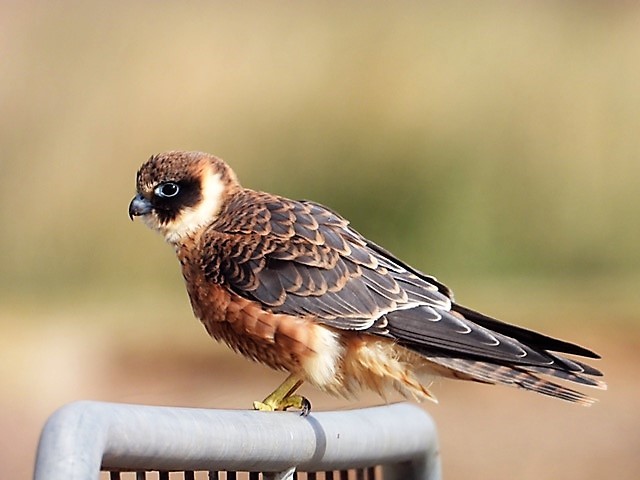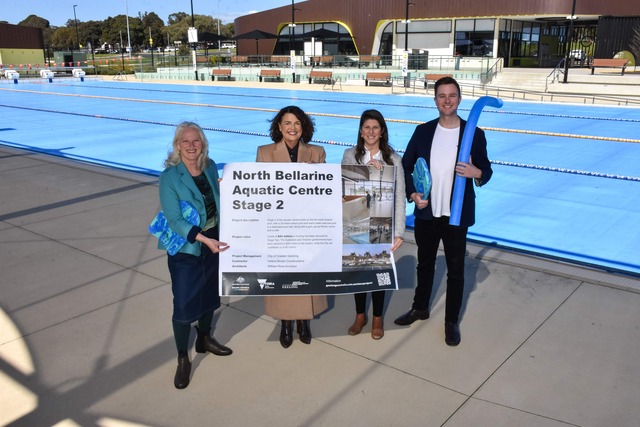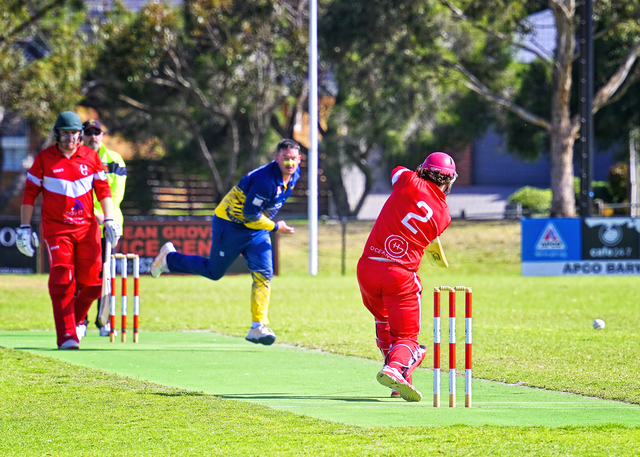There’s been some very welcome rain over the last fortnight, and the garden is looking much healthier than it was a few weeks ago.
A few lakes and waterways around the Bellarine are still showing signs of blue-green algae, so some more rain will be welcomed over the next few weeks.
I must make an apology to Robin Spry. In the last edition of the Voice I wrote that Robin took a photo of a spotted crake and a Latham’s snipe at Lake Victoria, but Robin pointed out to me that her photo included the spotted crake, but also a very elusive Lewin’s rail, not a Latham’s snipe.
Lewin’s rail are hard to spot let alone photograph so Robin’s skills in capturing both these birds were very impressive.
I haven’t had to travel far from home to spot my raptor of the day over the past few weeks. Most days either on my way to work or when walking my dog, Ted, I’ve seen a black-shouldered kite near Coastal Boulevard.
I also spotted a pair of these birds at Shell Road near the corner of Banks Rd. I’ve also seen a nankeen kestrel near Coastal Boulevard and a wedge-tailed eagle and collared sparrowhawk on the west track of Ocean Grove Nature Reserve.
Inspired by Robin, I have been to Emily’s Pond in Point Lonsdale a few times to try and spot a Lewin’s rail, but have been unsuccessful in seeing this cryptic bird.
The rain has increased the water level around the pond, which makes crakes and rails a bit harder to spot in the vegetation.
At Lake Victoria there are still around 20 red-necked stints that may be fattening up before flying to the northern hemisphere for breeding season, or they may be choosing to over winter in Australia (which younger birds sometimes do).
There is also a flock of banded stilts at Lake Victoria. These magnificent birds are highly nomadic and when inland salt lakes dry up in the summer months they can be seen in coastal salt lake areas.
On the subject of raptors, I received an email from John, who lives in Leopold. John sent some photos of black kites that regularly fly over his property while they prey on rabbits.
There are also whistling kites in the area and John reported that in the past whistling kites nested in one of the neighbour’s pine trees not far from their house.
Other birds that are currently active around John’s property are the omnipresent rainbow lorikeets, that feast on yellow gum flowers and on granny smith apples in the orchard.
The bird netting on the apple trees was pushed down so the lorikeets were able to feast on the apples, so John decided to harvest the remaining apples before the lorikeets ate all of them.
John was able to approach within six metres of the lorikeets as they were so engrossed in eating the apples.
John also noted that there have been flocks of red-rumped parrots on his property since 2010 and recently he counted at least 10 on the ground.
I received an email from Carole who set off for Western Treatment Plant before she knew that a black tern had been seen there. Carole was greeted at the one of the gates by an Australian hobby, which is a small falcon.
I also received an email from Alan, who reported that there was not much bird activity at Blue Waters Lake recently, other than a pair of nesting rainbow lorikeets, which appeared to be the hybrid lorikeets that can be seen around the Bellarine that resemble scaly-breasted lorikeets.
The six cygnets living at Blue Waters Lake look to be fully grown at three months of age. A neighbour of Alan’s reported seeing the swans all lined up for flight training recently, in the same spot that the previous clutch of four cygnets all took their flight lessons.
Their wings weren’t big enough to take off but they were seen stretching them and going through the motions.
Alan wonders whether the parents will have another clutch in May and June when they would normally breed.
Alan was fortunate to spot the camera-shy southern emu wren on display at Anglesea Heath. He spotted a dozen or so one overcast day, then another six on another occasion, and Alan’s photo of these wonderful birds shows clearly why the large size of the tail feathers compared to the size of the bird is the reason why they are not great at flying as the tail feathers weigh them down. Alan also observed spotted pardalotes taking some sort of flies out of the air at Anglesea sewerage works, then landing on nearby branches to scoff their catch.

